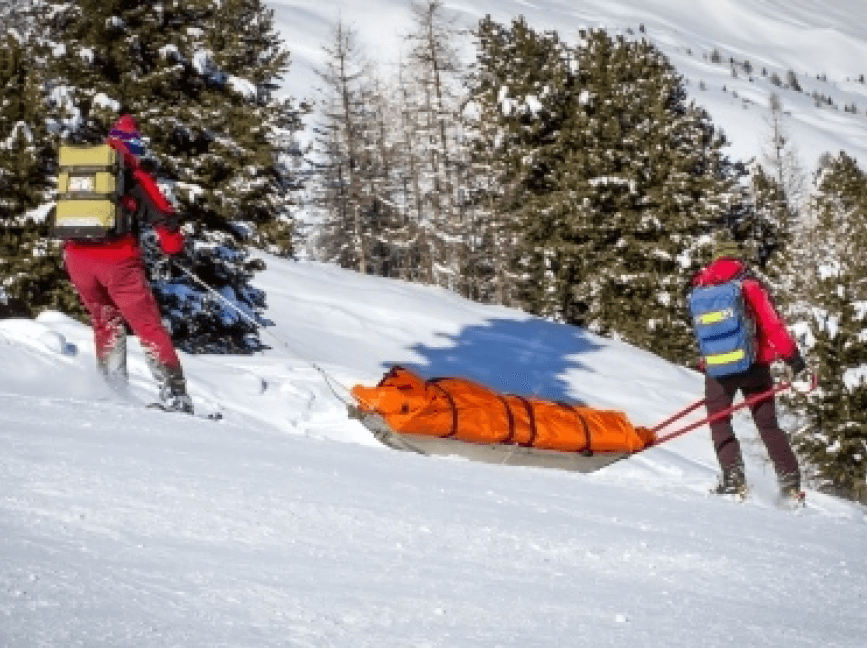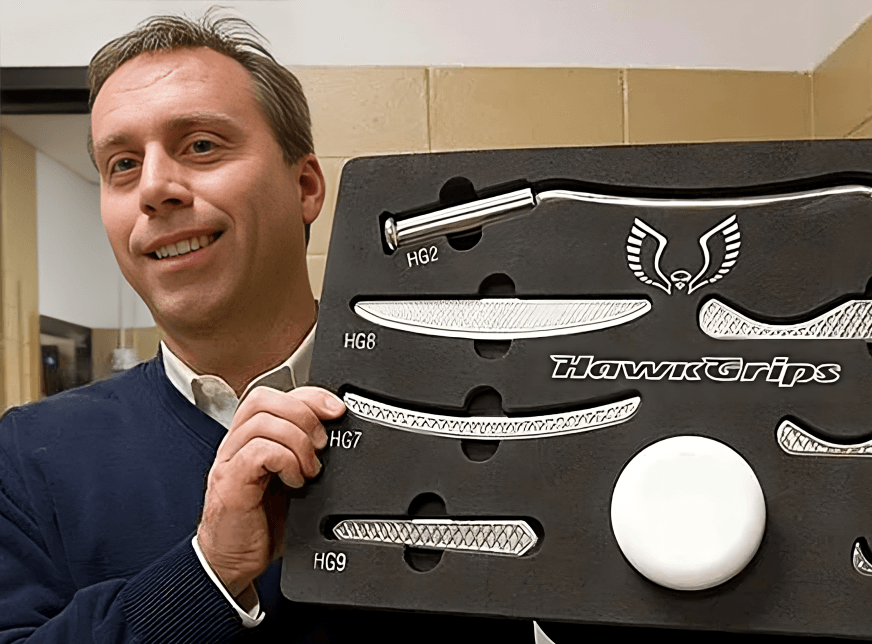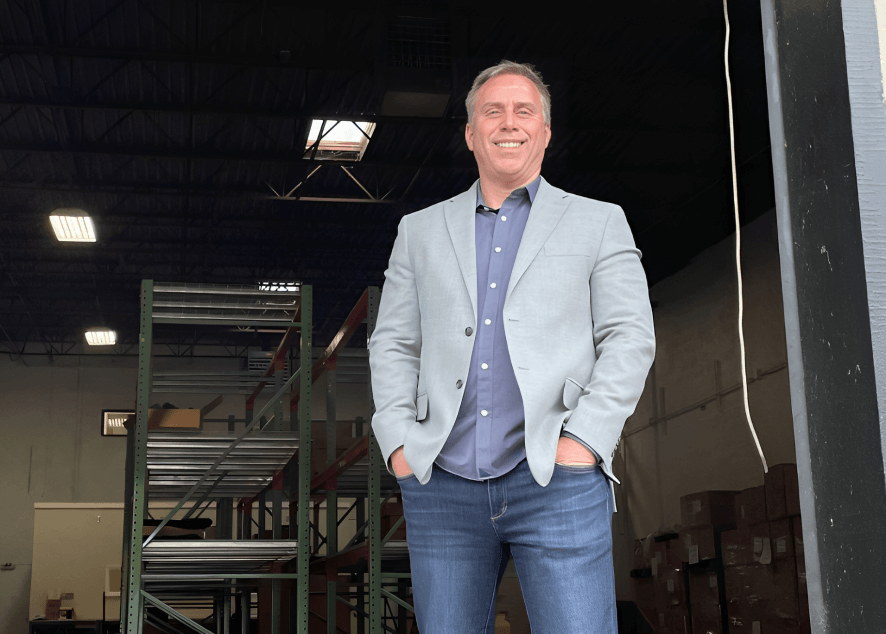The Day That Changed Everything
In the heart of winter 1997, Frank “Oz” Osborne barreled down a double-black diamond ski slope in the Poconos– untrained and out of control. “My reaction was to just fall intentionally in the hope it would stop my momentum,” Osborne said. “That’s the last thing I remember.”
He later discovered that he skidded wildly across the treacherous ice toward rocks on the side of the slope and crashed into a tree. Knocked out cold, Osborne woke up to the urgent voice of a ski medic kneeling over him. “I had no idea what was happening,” he explained. “But when I looked at his hands, I noticed they were covered in blood. My blood. Then the medic asked if I could move my arms and legs, and that was probably the scariest moment of my life because I didn’t know the answer.”


As soon as he tried to move, a massive bolt of pain shot through Osborne’s entire body. He was immobilized and medevaced to the Thomas Jefferson University spinal trauma center in Philadelphia. His extensive injuries included a broken neck and back, left-wrist crush fracture, broken left forearm, torn rotator cuffs in both shoulders, ruptured right biceps, nerve injuries emanating down to both feet, and various other torn ligaments and muscles throughout his body.
Osborne Discovered IASTM
For the next decade, he underwent almost 30 surgeries. During his healing and recovery process, he was referred to nearly every method of rehabilitation known to mankind, including physical therapy, chiropractic, massage, ultrasound and electrical stimulation, along with alternative interventions like cupping, Gua Sha, Rolfing, acupuncture and even bee-sting therapy.
Then in March 2008, Osborne saw a story on the news about IASTM (Instrument Assisted Soft Tissue Mobilization). Intrigued, he booked an appointment. In just minutes, he experienced what felt like a miracle: he could look over his shoulder again for the first time in 11 years.
Frustrated to Learn Quality Instruments Were Not Widely Available
Thrilled, Osborne reached out to the Graston company that same day, intending to buy a set of tools so he could take them to clinics closer to his home and receive treatment. But he was met with roadblocks; the tools were gated behind proprietary certification and weren’t sold to the general public. Frustration turned into inspiration: if the tools were this transformative, why weren’t they accessible to everyone?
Creating The Perfect Instruments
Thus began his journey to founding HawkGrips. Osborne didn't just want to create another IASTM company; he wanted to build the best IASTM company. Over the next four years, he devoted every ounce of energy to launching a new kind of IASTM company, one that not only provided the best products but also peerless customer service.
Gaining insight from some of the best clinicians in the world, he prototyped and tested countless instrument designs. With a focus on optimal edge geometry and superior grips, Osborne worked tirelessly to create instruments that were both highly effective and comfortable, so clinicians could preserve the most precious tools of all – their hands.

Today, HawkGrips has grown into the foremost IASTM company in the world. Our excellent products are proudly used by premier health systems like Mayo Clinic and The Johns Hopkins Hospital, countless professional sports organizations, elite military units including the Navy SEALS and Army Delta Force, and even the White House medical staff.
A Vision to Elevate The Entire Industry
But Osborne didn’t stop at creating the finest IASTM products. He knew that just as practitioners are only as good as their instruments, so too are instruments only as good as the clinicians utilizing them. That’s why HawkGrips also launched an industry-leading education program. Partnering with and hiring the best IASTM instructors, Osborne has helped create a massive global network of enthusiastic HawkGrips-certified practitioners.
The company also continues to add new products, recently expanding into topical solutions made with premium clean ingredients, further enhancing the IASTM experience.
“Overcoming my own pain and struggle inspired me to create HawkGrips. Hearing from others who have experienced similar relief and regained their quality of life through our products is incredibly rewarding.”
- Frank Osborne

